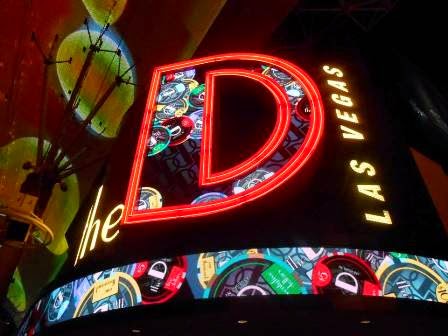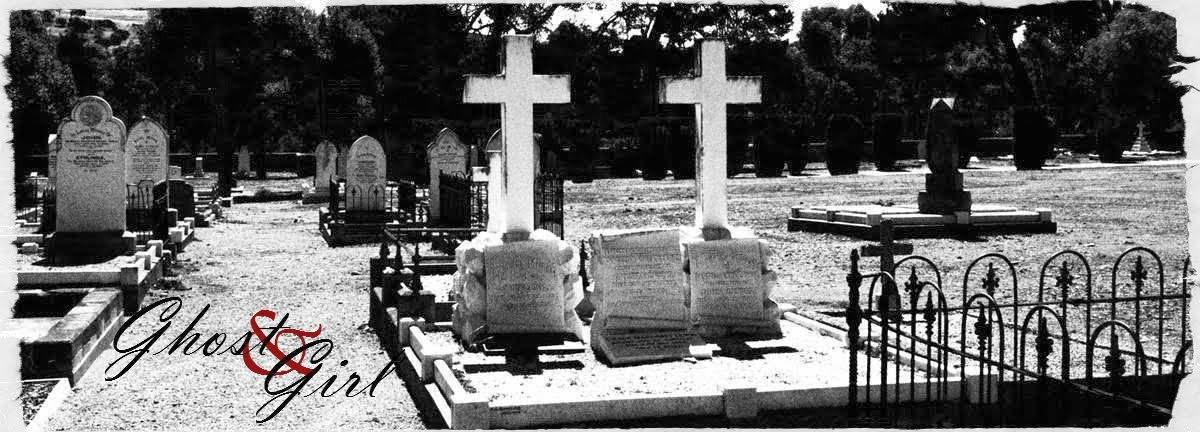 |
| A city beneath the city: Edinburgh Vaults |
"There are mysteries which men can only guess at, which age by age they may solve only in part." ~ Bram Stoker
Scotland loves a ghost story. The country has all the key ingredients necessary for one: Dark, gloomy skies; a dark and bloody past; old stone towns with old cobbled streets; and an abundant ancient folklore.
It is easy to be consumed by the possibility that ghosts abound as you walk down the Royal Mile, with the fog settling in around you...
SOUTH BRIDGE VAULTS - NIDDRY STREET SOUTH
 |
| Notice by the entry to the Niddry Street Vaults |
The history of the Edinburgh vaults is somewhat sketchy. The vaults were initially used as storage for the businesses above, all of which vacated in the 1700s due to the increasingly poor conditions.
When the industrial revolution swung into motion, they became dwellings for the city's poor. Prostitution, murder and other atrocities were rife, and then, rather mysteriously, at some point during the 1800s the residents abandoned the vaults and the whole place was sealed with rubble, and promptly forgotten. It wasn't until the 1980s that they were uncovered, completely by accident.
Edinburgh was a superstitious place at the turn of the 18th century, both of real and imagined harm. The citizens' fear of what the unearthly and supernatural could inflict was exacerbated by their inherent mistrust of the invading English, which resulted in the building of the defensive Flodden Wall, part of which is still visible in the city today in Greyfriars Cemetery.
The enclosed city forced residents to live virtually on top of one another: Rather than expanding out, Edinburgh went up.
When the South Bridge was finally completed in 1788 it was deemed to be an appropriate and fitting honour that the Bridges’ eldest resident, a well known and respected wife of a local Judge, be the first to cross. Unfortunately, she passed away prior to the opening and crossed the bridge entombed in her coffin. Naturally, the superstitious locals pronounced the bridge cursed and subsequently refused to cross it.
Some of the paranormal experiences reported in the vaults include sightings of a man known as "The Watcher"; disembodied footsteps and voices; a small boy referred to as "Jack"; unexplained cold spots and the feeling of unease; and let's not forget the infamous "Mr Boots".
Inspired by these reports, on 30 October this year, the night before Halloween, I booked a City of the Dead tour for both the Niddry Street Vaults and Greyfriars Kirkyard. After weeks of rain, the night was completely clear and calm, and our tour was fully booked with around thirty adult participants.
Whilst the tour was informative from an historical perspective, I was surprised to find the time spent within the Niddry Street Vaults short, uneventful and somewhat disappointing. This may be influenced by my having recently watched the Ghost Adventures paranormal investigation of the Edinburgh Vaults, though: I had imagined them more vast. However, I now know that there are two underground vaults: Blair Street and Niddry Street. In addition, there is also Mary King's Close (an underground close), so I suspect most paranormal investigation shows encompass parts of all three.
Our tour guide was both knowledgeable and humorous, but I found our tour lacked the telling of the ghost stories that you come to expect from a well-organised ghost tour. We did hear one or two, but I found our guide spent more time on Edinburgh's historical past rather than on its ghosts, which I found perplexing since it was almost Halloween.
 |
| Niddry Street |
However, well before our guide had even mentioned the little boy ghost known as Jack, I had picked up on an unseen presence standing to the back of the group, which I felt to be a child. I could not tell if that child was male or female, only that it was a child of around 5 or 6 years of age.
Was this presence Jack?
GREYFRIARS KIRKYARD & THE COVENANTER'S PRISON
On a fine day, Edinburgh's Greyfriars Kirkyard is a peaceful place with a fine view of Edinburgh Castle. It houses a well-preserved section of the Flodden Wall, and is surrounded by ornate and impressive mausoleums.
It is also a popular haunt for tourists on the trail of Greyfriars Bobby, a somewhat famous little terrier in Edinburgh's history. A statue of the little canine is located just outside the Kirkyard gates, and it is local belief that touching the terrier's nose will bring good luck.
 |
| Greyfriars Kirkyard Gates |
Greyfriars Kirkyard dates back to the 1560s. The land, formerly a monastery garden, was given to the city by Mary Queen of Scots to be used as burial grounds to cope with the overcrowding in St Giles churchyard.
In 1679, following the Battle of Bothwell Brig, 1200 supporters of the National Covenant were brought to Edinburgh. Four hundred were held in Greyfriars Kirkyard in an area now known as the Covenanters Prison. They spent more than four months there, awaiting trial. During this time they had no shelter, and were given a daily food allowance of just 4oz of bread. Conditions were so inhumane that the Covenanters Prison is often described as the world’s first concentration camp.
Greyfriars Kirkyard has also received attention in recent years due to the Harry Potter phenomenon. It is believed that the grave of Thomas Riddell, who died in 1806, and nearby William McGonagall were the inspiration behind JK Rowling's Voldemort and Professer McGonagall. The nearby George Heriot's School is also said to be the inspiration for Hogwarts.
 |
| Greyfriar's Kirkyard |
Paranormal experiences seem to be confined to the Covenanters Prison and the Black Mausoleum. The majority of these seem to be poltergeist activity: Visitors have passed out for seemingly no reason; they have been punched, scratched or tugged.
There have also been reports of shadow people, of cold spots and a feeling of unease upon entering the Covenanters Prison. It is alleged that the malevolent activity started when a homeless man stumbled into Mackenzie's tomb one night seeking shelter, and desecrated the sealed tomb.
Our tour entered Greyfriars Kirkyard after having toured the vaults. The cemetery was still quite active - generally churchyards tend to be a place to avoid late at night, but not so Greyfriars!
The City of the Dead tours are reportedly the only tour group given access to the Covenanters Prison; due to the alleged poltergeist activity, the council has closed this particular section off from the public.
Our tour guide led us through the prison directly to the Black Mausoleum, which is resting place of George Mackenzie, the man responsible for imprisoning the Covenanters. His mistreatment of the Covenanters led to his nickname "Bluidy (Bloody) Mackenzie". I noted the sudden change in mood of our tour guide, who seemed almost afraid to tell any of the experiences in this particular location. He seemed to be on guard, and the air was decidedly tense.
However, is the ghost reported there really a spirit or poltergeist? Could it be possible that the majority of experiences are actually due to psychokinesis (an alleged psychic ability allowing a person to influence a physical system without actual physical interaction)? I do wonder.
Regardless of who or what is haunting the Covenanters Prison and the Black Mausoleum, our tour group had no disruptions, although I did pick up on a restless energy within the Covenanters Prison upon entering through its gates. Otherwise, I felt quite at peace within the walls of the Black Mausoleum, and whilst I find the mistreatment of the Covenanters to be truly appalling, perhaps this sense of ease had something to do with the fact that I am of Mackenzie blood, after all...
Whilst I could think of nothing more exhilarating than to investigate these locations for myself, by myself, it must be noted that for anyone interested in the ghostly and historical aspects of Edinburgh's past, you need to book a tour to explore its underground vaults, as well as the Covenanters Prison. If I were to go back, I would book a tour that explores the Blair Street vaults and Mary King's Close as well.
A visit to Edinburgh Castle is also highly recommended, as is Saint Giles Cathedral.
Edinburgh is definitely a city worth visiting, for its ghosts and its history.
Further reading:
The Ghost that Haunted Itself by Jan Andrew Henderson (filled with visitor experiences at Greyfriars)
City of the Dead Tours
Real Mary King's Close












